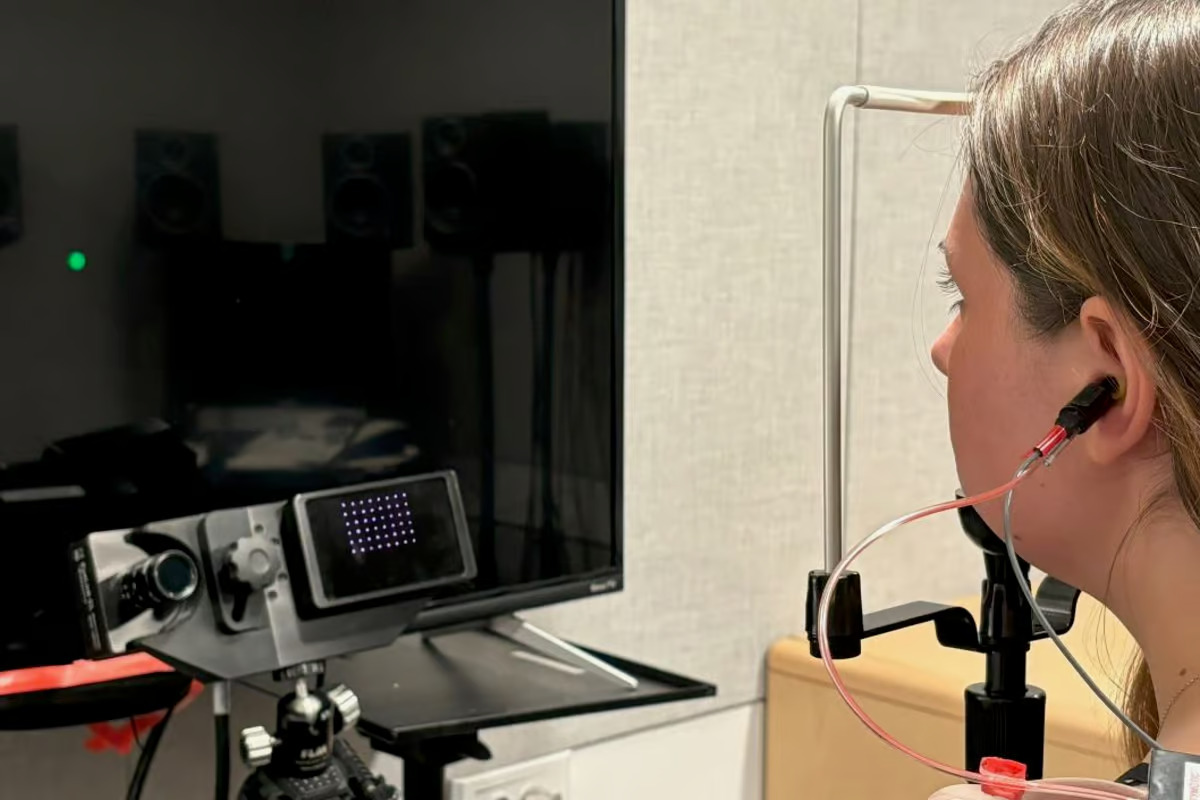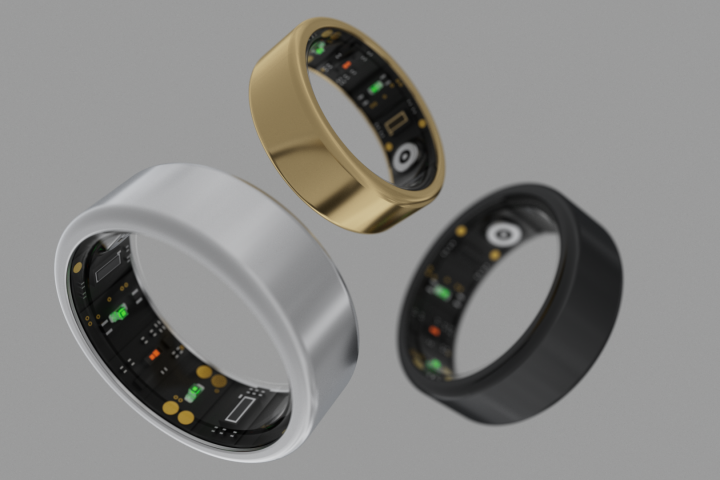Although we don’t consciously hear the noises, they can be picked up by a highly sensitive microphone placed in the ear canal.
Lead scientist Prof. Jennifer Groh believes that they may occur as eye movements trigger the brain to contract either the middle ear muscles or the hair cells – doing the former helps dampen loud noises, while doing the latter amplifies quiet ones.
This arrangement could help us make sense of our surroundings, by automatically adjusting the sensitivity of our hearing based on what we’re looking at.
In a recent experiment, Groh’s team and Prof. Christopher Shera from the University of Southern California recruited 16 adults (all with good vision and hearing) to take a simple test.
The volunteers started by visually tracking the movements of a green dot on a computer screen, without moving their heads. As they did so, an eye-tracking camera recorded the direction of their gaze, while microphones in their ear canals recorded their ear sounds.
When the eye video and ear audio recordings were subsequently cross-referenced, it was found that eye movements in specific directions produced specific types of ear noises.
The scientists were thus able to tell where a participant’s gaze was focused, simply by identifying what sort of noise “signature” their ears were making. It was also possible to do the opposite – the researchers could accurately tell what sort of sounds the volunteers’ ears were making, by tracking the direction of their gaze.
It is hoped that the team’s findings will contribute to a better understanding of human perception, possibly leading to more accurate and informative hearing tests.
A paper on the study was recently published in the journal Proceedings of the National Academy of Sciences. You can hear the ear noises in the video below.
–
Source: Duke University
–
























